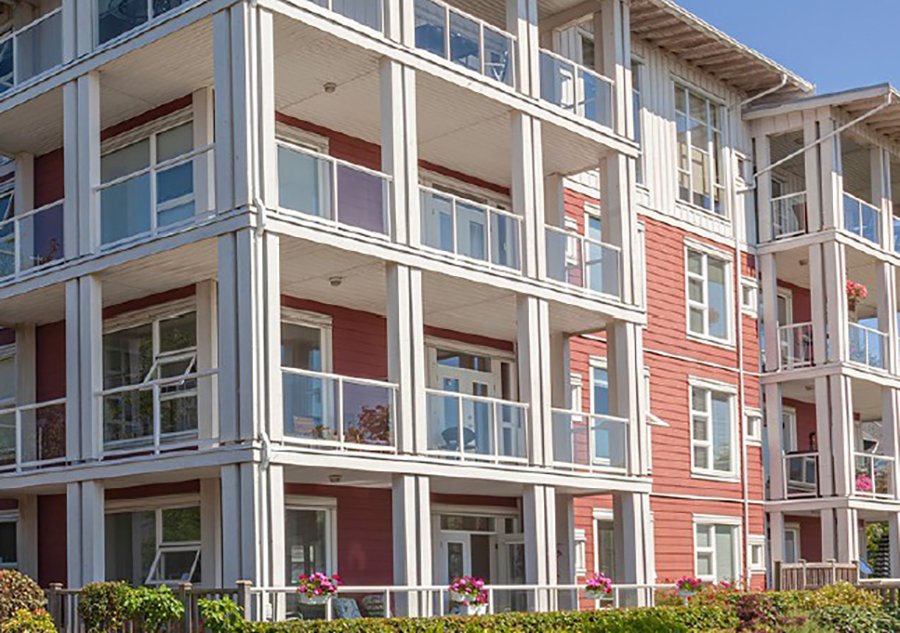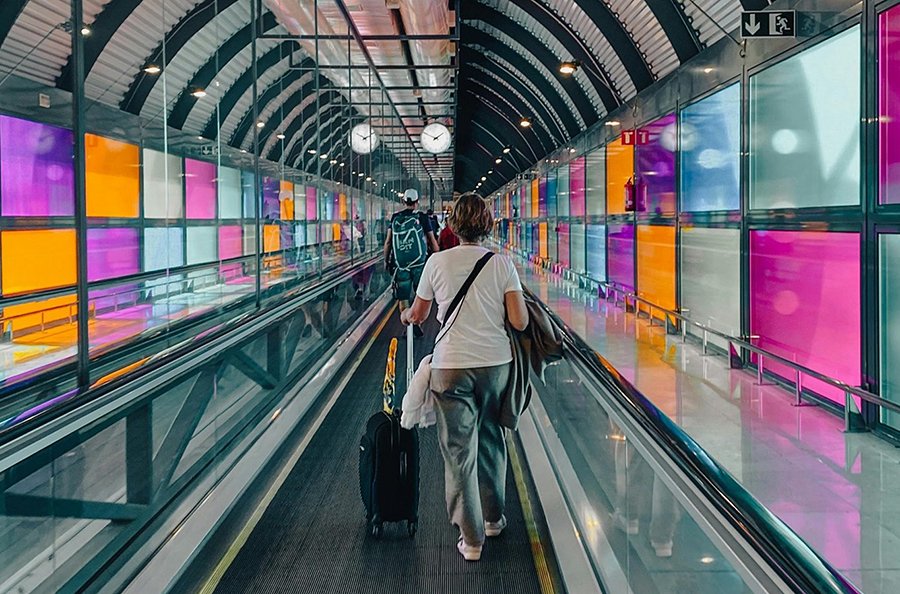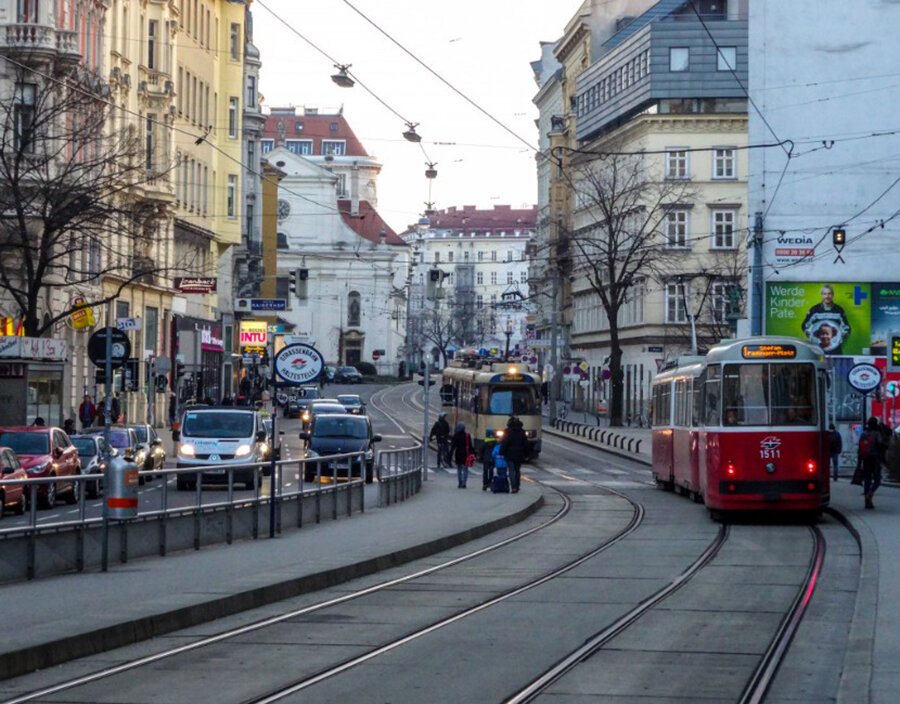читайте также
 US Aviation Chaos: 58 Cancellations and 2,674 Delays Hit Major Hubs as Thousands of Passengers Are Stranded
US Aviation Chaos: 58 Cancellations and 2,674 Delays Hit Major Hubs as Thousands of Passengers Are Stranded
 New priorities in the U.S. real estate market: from senior housing to data centers
New priorities in the U.S. real estate market: from senior housing to data centers
 Airports 2026: What Passengers Really Want — Key Global Trends
Airports 2026: What Passengers Really Want — Key Global Trends
 SLH’s Groundbreaking Sustainability CTA Report: How Verified Standards Are Changing Luxury Travel — And How Hotels and Airlines Are Responding
SLH’s Groundbreaking Sustainability CTA Report: How Verified Standards Are Changing Luxury Travel — And How Hotels and Airlines Are Responding
 Housing Prices in Russia Will Rise by 10–15% in 2027: Dom.RF Forecast
Housing Prices in Russia Will Rise by 10–15% in 2027: Dom.RF Forecast
 Toronto Joins Vancouver, Ottawa, Montréal, Québec City, and Kelowna in Raising Tourism Taxes from 2026: What Travelers Should Expect
Toronto Joins Vancouver, Ottawa, Montréal, Québec City, and Kelowna in Raising Tourism Taxes from 2026: What Travelers Should Expect
A Price Correction Expected in Austria's Commercial Real Estate Market

The Austrian office market remains resilient, particularly in prestigious areas such as Vienna, as noted by the Trader portal. There is growing demand for office spaces that align with ESG principles, driven by corporate sustainability goals and stricter EU regulations requiring the construction of energy-efficient commercial buildings.
New Standards
The publication highlights that companies in Europe are increasingly opting for offices with green certification to meet environmental standards, reduce electricity costs, and improve their ESG profiles. This trend has also intensified competition for upgraded, eco-friendly office spaces, particularly in urban areas not only in Vienna but also in other parts of Austria, such as Graz, Linz, and Salzburg, where rents for new office spaces are rising.
At the same time, hybrid and remote work models continue to reshape office space demand. Tenants are reducing office footprints in favor of more compact and high-quality properties in prime locations. A CBRE report states that 55% of surveyed companies plan to reduce their office space within the next three years, prioritizing flexibility and higher building standards.
Vienna’s Office Market
Demand for affordable office space in Vienna remains low, which experts attribute to the stagnation of new ESG-compliant building developments. This situation is expected to change in 2025, with 121,000 square meters of new office space entering the market. In 2023, the vacancy rate hit a historic low of 3.8%, further declining to 3.3% in 2024. Business conditions remain challenging, yet companies continue to actively seek new office spaces.
In regional hubs, Linz is set to expand its real estate footprint by 86,000 square meters by 2026, while Graz and Salzburg are focusing on modernizing older properties to meet sustainability standards. These cities leverage lower operating costs and strategic development to attract businesses looking for alternatives to Vienna’s high prices.
A Colliers study reports that in 2024, the Vienna Research Forum (VRF-B) recorded 144,984 square meters of leased office space—an increase of 0.21% compared to 2023 (144,683 square meters). In Q4, 46 lease agreements were signed, totaling 38,895 square meters, slightly above the quarterly average of 36,246 square meters. VRF includes only modern office spaces up to 25 years old, with exceptions for fully renovated properties meeting specific quality criteria such as air conditioning, elevators, and sustainability standards.
The largest lease (new rental) occurred in the "Inner Districts – Central Business District" submarket, covering 12,000 square meters, accounting for 30.85% of Vienna’s total office leases in Q4 2024. Another major transaction involved a 4,700-square-meter space in the "Inner Districts – Northern Vienna" submarket.
In Q4 2024, the vacancy rate for modern office buildings in Vienna stood at 3.56%, a 0.18% increase from the previous quarter but a 0.05% decrease year-on-year from Q4 2023. The lowest vacancy rate was recorded in the Western submarket at 1.65%, while the highest was in Vienna’s AirportCity submarket at 8.12%, followed by Prater/Lasallestrasse at 5.46%.
Logistics and Industrial Market
In the second half of 2024, warehouse turnover in Vienna's logistics and industrial market and surrounding areas totaled 40,002 square meters, significantly below the three-year average. VRF only considers warehouse spaces that meet certain quality criteria, such as height, maneuvering space, and proximity to highways.
By the end of 2024, three additional submarkets—Eisenstadt, Wiener Neustadt & Baden, and St. Pölten—will be analyzed. These regions are developing spaces related to the Vienna market, increasing total supply to 8.26 million square meters compared to late 2023, adding 1.5 million square meters to inventory. In H2 2024, the total turnover, including non-VRF spaces, reached 82,980 square meters.
In 2024, Vienna’s Logistics & Industrial Research Forum (VRF-LI) recorded 136,949 square meters of leased space—46.45% less than the record-breaking 2023 (255,734 square meters) but 18.76% more than in 2022 (115,311 square meters).
Investment Priorities
Austria's real estate market is characterized by limited supply in both residential and commercial sectors due to high construction costs and cautious developer activity. This constraint is particularly evident in urban centers like Vienna. Meanwhile, growing attention to ESG-compliant buildings is shifting investment priorities, especially in Vienna’s office market, where certified green buildings dominate.
Experts believe that Austria's real estate market remains in an adaptation phase that began in 2024, with moderate price corrections expected to continue in 2025. Optimism stems from easing financing conditions, yet geopolitical risks and shifting trade policies may still impact broader economic prospects. Therefore, investors should approach the market with caution.





